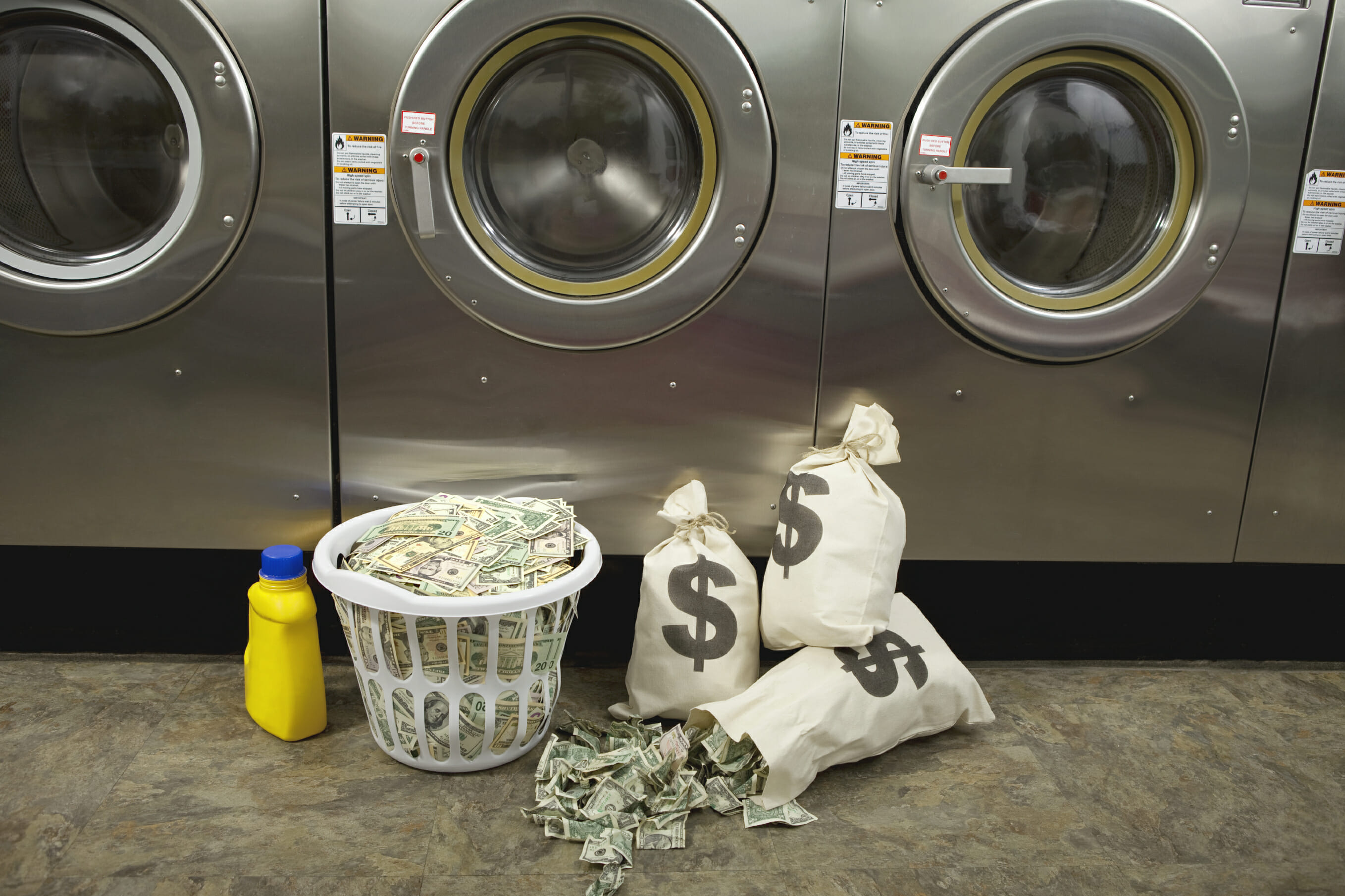In the first two posts in this series, we covered the costs of building a self-service laundry room and six questions to ask that help determine if the effort is worth your while when accounting for maintenance expenses, enforcement of laundry room rules, renting versus buying laundry machines, and other factors.
Chart of Accounts
Want clearer, cleaner books? What about a more useful view into your properties or just easier accounting in general?
Get the GuideIn this post, we look at accurately calculating how much to charge for laundry and what kind of profits you can earn from each tenant load after your laundry room equipment outlays are paid off.
So how do you calculate your income? Start by looking up the specs (top-loader versus front-loader, electric versus gas dryer, etc.) of your laundry machines. (Comparing specs is also a great way to choose which washer and dryer to buy.)
Then take advantage of an online tool such as this fantastic calculator created by author Michael Bluejay, which lets you plug in the numbers and easily calculate your costs and potential revenue. Bluejay’s calculator shows how much it costs per load to wash in cold, warm, and hot water, as well as how much it costs to dry. (If you want to know where he gets his numbers, check out his detailed sources page for reference.)
Before you use the calculator, let’s walk through a brief example, which will give you an idea of what you can expect.
Calculating Your Income Per Load
Let’s say you have a top-load washer, an electric water heater, and an electric dryer, and we’ll assume that electricity costs you 15 cents per kilowatt hour and water costs $5.50 per 1,000 gallons. With cold water, it costs $1.14 to wash and dry one load with a top-loader, and 82 cents for a front-loader. (Front loaders spin more water out of clothes than top loaders, decreasing the drying time.)
Based on this example, if you charge $2.00 to wash and $1.50 to dry ($3.50), you can realize $2.26 per load with the top-loader and $2.61 with the front-loader. (If you have to compete with local laundromats, you can charge less and still generate some revenue. Or you could experiment with charging a bit of premium because many tenants will opt for the convenience of on-site laundry machines over a trip to the laundromat.)
Washing a load in hot water (working under the same assumptions as above) unsurprisingly costs more: $1.41 with a top-loader and $1.05 with a front-loader. That works out to income of $2.09 with a top-loader and $2.45 with a front-loader.
Calculating the Monthly Average Revenue Per Load
For our example, let’s make the following assumptions:
- $0.15 per kilowatt hour
- 45-minute dryer cycle
- Incoming water temperature of 57 degrees
|
Water temperature |
Charge (wash and dry) |
Top-load machine income |
Front-load machine income |
|
Hot |
$3.50 |
$2.36 |
$2.61 |
|
Warm |
$3.50 |
$2.50 |
$2.77 |
|
Cold |
$3.50 |
$2.75 |
$2.92 |
|
Average |
$2.53 |
$2.76 |
Based on an average of 10 loads per month (it likely will be a much higher number if you have more than 4 units), you could realize an income of $25 per month with a top-loader (using the average income of hot, warm, and cold loads) and $27 per month with a front-loader. And even if you charge less (say, $1.50 to wash and $0.75 to dry), you can still bring in some income with every load.
Other Benefits of a Laundry Room
As you can see, the potential profits from a self-service laundry room after you’ve paid off your equipment costs are modest. But there are other potential benefits:
- Higher rents – Some owners opt for a coin washing machine and dryer or equipment that takes pre-paid laundry cards, while others provide them for free if the tenant agrees to pay $20 to $30 more in rent. (Raising the rent never makes tenants happy, but when you’re adding an amenity that provides value and convenience, tenants are more likely to be on board.)
- Lower taxes – Your utility bills and your regular maintenance and repair expenses will go up with a laundry facility, but that also means you’ll have more to write off at tax time. Or if tenants pay for their utilities, they naturally will absorb the higher costs. Also, there are also often tax credits for buying energy-efficient appliances, which suppliers or your accountant can help you with.
- Lower turnover – Turnover costs you money and time, and so do empty units. While you might never know what effect a laundry room has on turnover, you can rely on research to know that it helps. In a recent National Multi Housing Council/Kingsley Associates survey, 88 percent of respondents rated laundry facilities as important or very important.
Clearly, on-site laundry machines are important to most tenants. Have you added a laundry room to your building? If so, has it been worthwhile as a money maker or a way to attract and keep tenants? Leave a comment below and let us know!
Read more on Maintenance & Improvements
